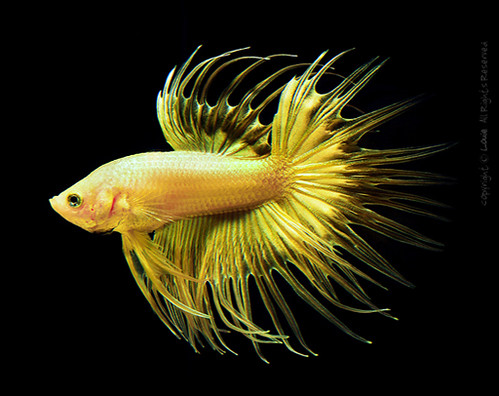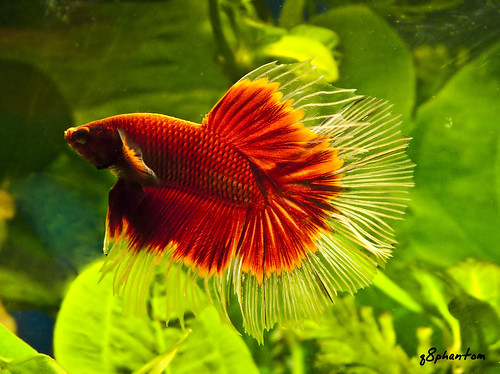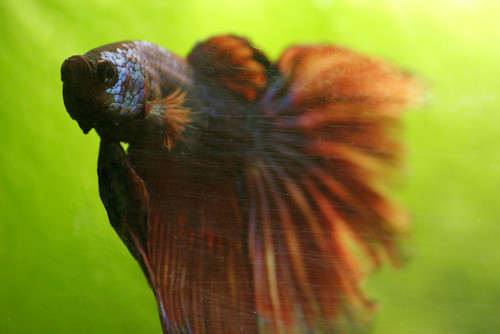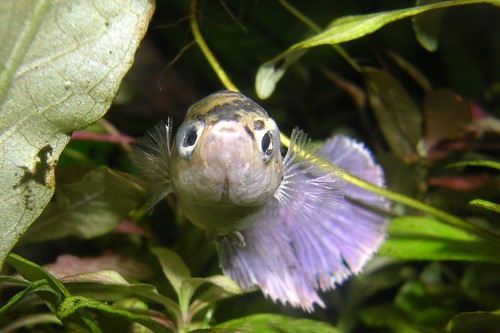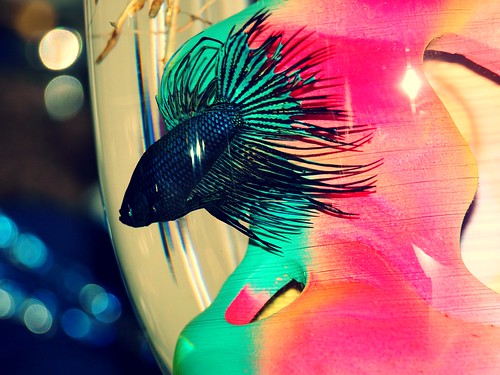 |
| Better fishing |
How can a fisherman make more money? By fishing less. This one has blogfish written all over it.
A new study says fishing is better when there are more fish in the water. No big surprise there, but I guess it's a big deal when this common sense idea is dressed up with lots of equations.
Is it going to matter? Will this study lead to better fishing policies? I doubt it, since we've known for a long time that overfishing is bad and yet it still happens. It is an advance to show scientifically that less fishing is more profitable for fishermen. But it won't solve most of our problems. Why?
Because most of our fishing problems are fights over who gets the fish. Until that's settled, few fishermen will quit racing to catch fish.
I don't mean to be cynical and pick on good research. It is a great advance to show conclusively that less fishing is better fishing. And I hope that this research is implemented by fishery managers and politicians. Maybe the scientists involved will help with this messy task?
A new study says fishing is better when there are more fish in the water. No big surprise there, but I guess it's a big deal when this common sense idea is dressed up with lots of equations.
Is it going to matter? Will this study lead to better fishing policies? I doubt it, since we've known for a long time that overfishing is bad and yet it still happens. It is an advance to show scientifically that less fishing is more profitable for fishermen. But it won't solve most of our problems. Why?
Because most of our fishing problems are fights over who gets the fish. Until that's settled, few fishermen will quit racing to catch fish.
I don't mean to be cynical and pick on good research. It is a great advance to show conclusively that less fishing is better fishing. And I hope that this research is implemented by fishery managers and politicians. Maybe the scientists involved will help with this messy task?








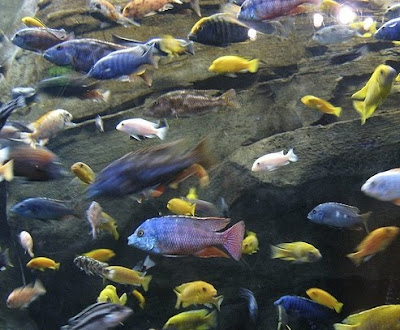



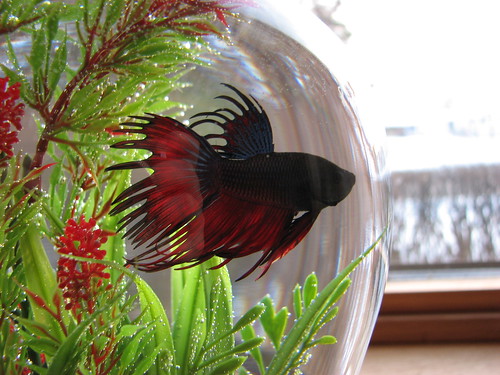
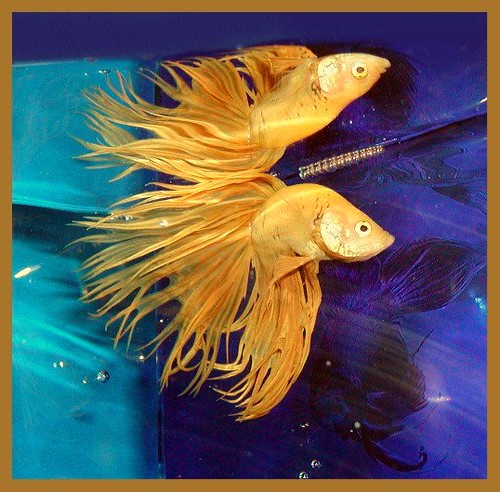





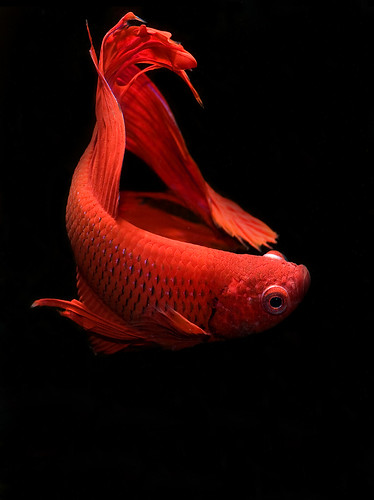

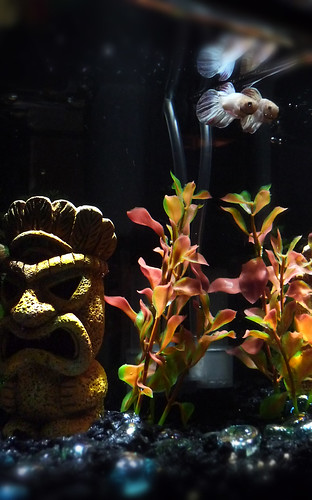



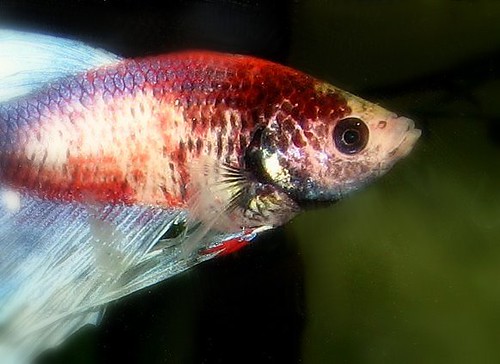

 The same betta 3 months ago
The same betta 3 months ago The vary same betta today
The vary same betta today
